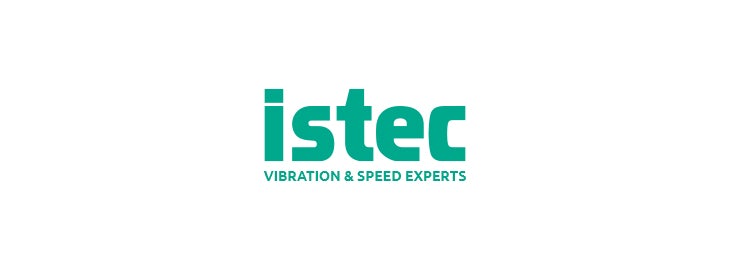Istec has built a strong reputation for its expertise in vibration and speed. Glenn, currently in a project leading position at Istec, shares insights into the company’s service philosophy, its evolution, and the key challenges and opportunities in servitization.
From customer to service leader
Before joining Istec, Glenn worked as an Instrumentation Engineer, he frequently collaborated with Istec. His experience with Istec’s solutions and support led him to transition into a role as a Rotating Engineer within the company. Over the years, he progressed to Project Lead Rotating, overseeing major turnaround and overhaul projects for key clients. This journey gave him a deep understanding of both customer needs and the strategic direction of Istec’s service operations.

Glenn Ackermans, Project Lead Rotating
What makes Istec’s service unique?
According to Glenn, Istec stands out through its commitment to total customer support. “Our scope doesn’t end at the last connection point,” he explains. “We take a broader view, proactively identifying potential issues and always providing solutions alongside our observations.” This approach ensures that customers receive comprehensive support beyond just the immediate project scope.
A key differentiator for Istec is its customer integration. Glenn recalls a project where the Istec service team was perceived as an extension of the customer’s own workforce. “They saw our team as their own, and I, as the project leader, was adopted as part of their standard operations team,” he says. Unlike traditional service models driven by billable hours and additional work requests, Istec prioritizes project completion and long-term partnerships.
The role of servitization at Istec
Servitization is a core element of Istec’s approach. “It’s about fully supporting the customer from A to Z,” Glenn states. This means providing specialized solutions while ensuring customers receive clear guidance throughout their projects. Istec takes a proactive approach, identifying potential issues early and always presenting solutions. “We never just report a problem without having a solution ready,” Glenn explains. “That’s what sets us apart; we make sure our customers always have a clear path forward.” Istec’s service model seamlessly integrates with customer teams, going beyond traditional supplier relationships.
Tailoring service for both large and small customers
Istec serves both major industrial clients and smaller businesses, offering tailored solutions that fit varying needs. “For large customers, we handle everything from preparation to documentation, testing, and startup support. Our Condition Monitoring team plays a crucial role here,” Glenn explains. “At the same time, we ensure that smaller customers receive the same level of attention. A speed measurement on a small machine is just as important to us as one on a large turbine.”
One of the key factors enabling this flexibility is Istec’s brand-independent approach. Unlike major OEMs that restrict their services to proprietary systems, Istec works with a wide range of technologies. “Whether it’s an old legacy system from a long gone supplier, or a brand new system from today’s market leaders, we focus on what best serves the customer rather than being bound by specific brands.”
Challenges and opportunities in servitization
A major industry-wide challenge is the loss of specialized knowledge among customers due to an aging workforce and a lack of new training opportunities for engineers. “Expertise in vibration and speed is becoming scarcer, significantly increasing the need for a specialist like Istec” he says. To address this, Istec is expanding its knowledge-sharing initiatives, such as the Istec Academy, which provides accessible training for customer maintenance teams. “While we maintain our expertise, we also want to empower customers to enhance their own technical capabilities.”
Looking ahead
Glenn envisions Istec continuing to expand its expertise and influence in the industry. “With our in-house product development and deep technical knowledge, we are well-positioned to enhance our offerings and support our customers,” he says. He emphasizes the need to balance simplicity in system design with customer training, ensuring that customers only rely on Istec for specialized expertise rather than routine maintenance. “Reducing the complexity of products while improving the knowledge of the customer will be key to our future success.”

